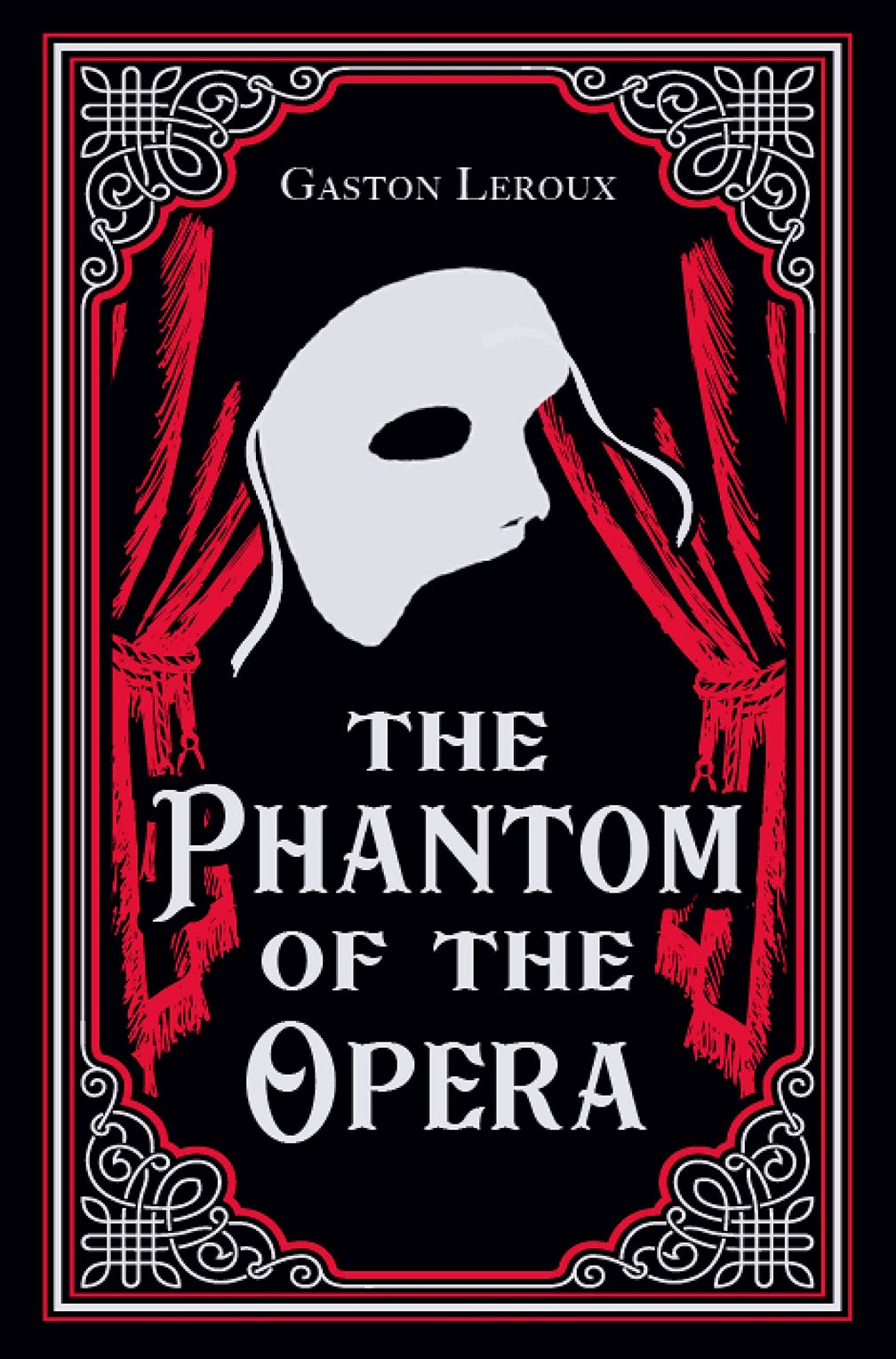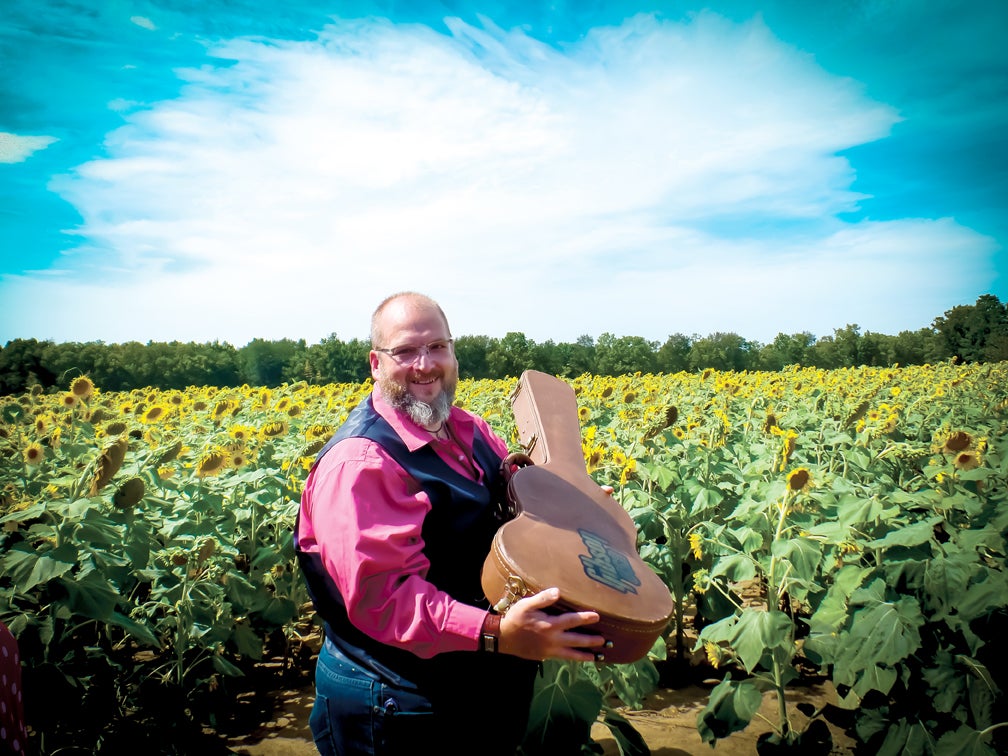
“Doctors By Nature: How Ants, Apes, & Other Animals Heal Themselves” by Jaap de Roode
Can a lay person connect with a scientific writer? If that writer is Jaap de Roode, the answer is absolutely!
Having had some university classes in biology and chemistry, I was still a bit daunted to attempt this Princeton University Press book. However, the title is so intriguing that I had to give it a try.
Jaap de Roode grew up in the Netherlands, where he studied biology at the Wageningen University. He now does research at Emory University on monarch butterflies and their infectious diseases. His studies demonstrate how the butterflies use toxic plants as medicine. This revelation led him to research other animals that can heal themselves.
In the first chapter, de Roode explains how there is a parasite that attacks monarch butterflies, eating holes in the wings of the butterfly so that it can’t fly. Unable to fly, the butterfly is doomed to starvation.
However, de Roode noticed that the monarchs only lay their eggs on the milkweed plant. The resulting caterpillars that hatch from the eggs eat the leaves of the milkweed plant, which is highly toxic. De Roode conducted an experiment where he had several varieties of milkweed, some more toxic than others. The butterfly that had the parasite infection always laid eggs on the most toxic milkweed available. The milkweed acted as a poison to the parasite, but not the monarch larvae. De Roode was then curious that if these butterflies can self-medicate, are there others animals that do this?
Interviewing scientists from around the world, de Roode discovers that indeed, many animals are able to self-medicate. De Roode tells of apes that swallow leaves to rid themselves of intestinal worm infections, sparrows that use cigarette butts to fumigate their nests to repel insects and bees that incorporate sticky resin in their hives to ward off pathogens.
All kinds of animals have the ability to heal themselves. Many of us have certainly noticed the dog that searches for tall grass, rips it from the ground and swallows it. We have thought that perhaps the animal ate something that wasn’t sitting right in his stomach, or maybe this was just a case of extreme food sensitivity. Or could this be like other animals a way of purging the intestines from parasites. Looking at the dog’s ancestors, wolves also eat grass to cleanse the gut from parasites. De Roode argues that grass eating in this case could be an inherited trait from the wolf ancestor.
In tribal communities, the shaman would pay attention to animal behaviors. When they noticed animals doing better after eating a particular plant, they would apply the remedy to humans. Many of our modern medications stem from plants, such as the heart medication digoxin being a derivative of the foxglove plant. Medicinal knowledge is an important outcome of noting animal self-medication.
Animals have lived on the earth much longer than humans. De Roode reasons that by paying attention to the ways that animals react with plants, humans can discover medications that provide benefits for humans as well as raise stronger, healthier livestock.
— Review by Lizz Taylor, Poor Richard’s Books

“This Is Happiness” by Niall Williams
Noel is frequently sent to live with his grandparents in a small village in Ireland. His mother has had numerous strokes that have left her unable to take care of him. In his prayers, Noel makes a deal with God to heal his mother and in exchange he will become a priest.
This deal falls through when Noel’s mother dies. His dad explains that, “It’s like she was struck by electricity.” Noel leaves his training and decides to retreat to his grandparents again.
The village in Ireland, Faha is quite remote, but is now scheduled to receive electricity. Getting electricity is very complicated. First, one from the community must go to Finland to find the perfect trees to use for poles, and negotiate a deal for the Faha residents. Then, there is the positioning of those poles, the installation of the wiring, and lastly the agreement of residents to wire their homes.
Getting through a succession of a number of life crisis is complicated for young Noel. He has the haunting experiences of his mother falling again and again, and young Noel being unable to fix the situation. Then there is the guilt of leaving the priesthood, and the fact that Noel’s grandparents are aging, and will require more support from Noel in their future.
Noel meets Christy, one of the electricity installation crew members who will board with Noel’s grandparents for the duration of the installation. Christy has his own reasons for being part of the work crew in Faha. Forty years ago, he left Annie Bloom at the altar. Annie now lives in Faha, and Christy plans to make amends and ask for her forgiveness.
The novel begins with one sentence: “It had stopped raining.” This sentence alludes to the fact that things are changing. Things are changing for the village of Faha, for Noel, for his grandparents, and for Christy.
I loved the lyrical, almost musical language used in Williams writing. For me, this captured the essence of the Irish dialect.
Ann Patchett commented that “It’s one of those books that every single sentence I wanted to underline and sit with and think about.” And the novel does answer the question, what is happiness with wit and insight?
— Review by Lizz Taylor, Poor Richard’s Books

“We Were Kings” by Court Stevens
“We Were Kings” by Court Stevens is a compelling young adult novel that delves into themes of identity, family and the complicated nature of relationships. The story follows the life of a teenager named Michael, who is grappling with a series of emotional and personal challenges.
The plot revolves around Michael’s strained relationship with his father and his quest to understand what it means to be a man and what it means to be part of a family. Through his journey, he faces difficult situations, including peer pressure, los, and the complexities of growing up.
What stands out in Stevens’ writing is the exploration of the emotional depth of the characters. Michael’s internal struggles are portrayed with great sensitivity, making the character both relatable and genuine. The author also does an excellent job of examining how external expectations — whether from family, friends or society — can influence one’s sense of self.
The pacing is steady, with emotional moments balanced by lighter scenes, and the writing is accessible yet thought-provoking. This book is a good pick for readers interested in realistic fiction, coming-of-age stories and narratives that explore the impact of family dynamics.
— Review by Margie Moore, Paul Sawyier Public Library

“The Totally True Story of Gracie Byrne” by Shannon Takaoka
If you were given the chance to rewrite your life story, would you?
Meet Gracie Byrne. She’s awkward, her mom doesn’t understand her, and her grandma Katherine, battling Alzheimer’s, doesn’t remember her. Gracie feels unheard, even by her dog. Her life seems to constantly be changing, especially with the abrupt move to a new house and school. For a 16-year-old girl, these changes are daunting, particularly since this new home is already occupied by Katherine, who struggles to recognize her own grandchildren.
While trying to find where she fits into all of this chaos, Gracie discovers a magical notebook. The words written on the pages seem to come to life, and suddenly the idea of wanting to rewrite her life story doesn’t seem so crazy after all. But will Gracie be able to handle the power within these pages?
In “The Totally True Story of Gracie Byrne,” find out how Gracie will navigate her new life and her new power. Can she write out her perfect happy ending? Or will this magical gift create a story she can’t escape?
— Review by Krislyn Coburn, Paul Sawyier Public Library










